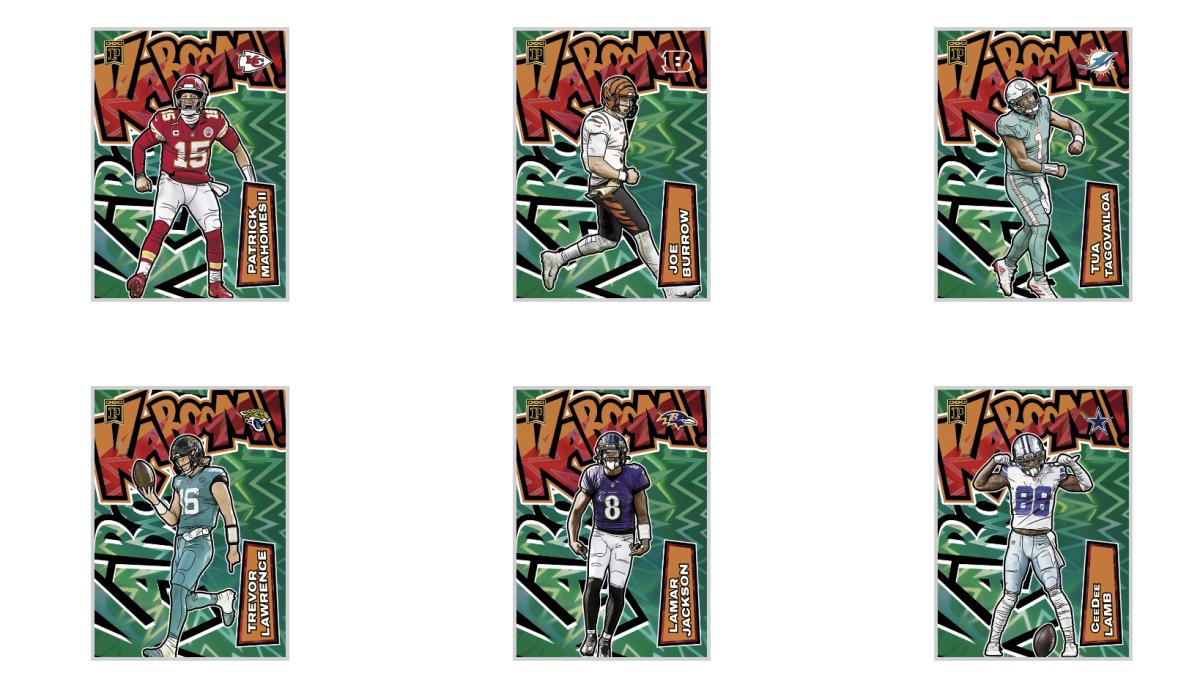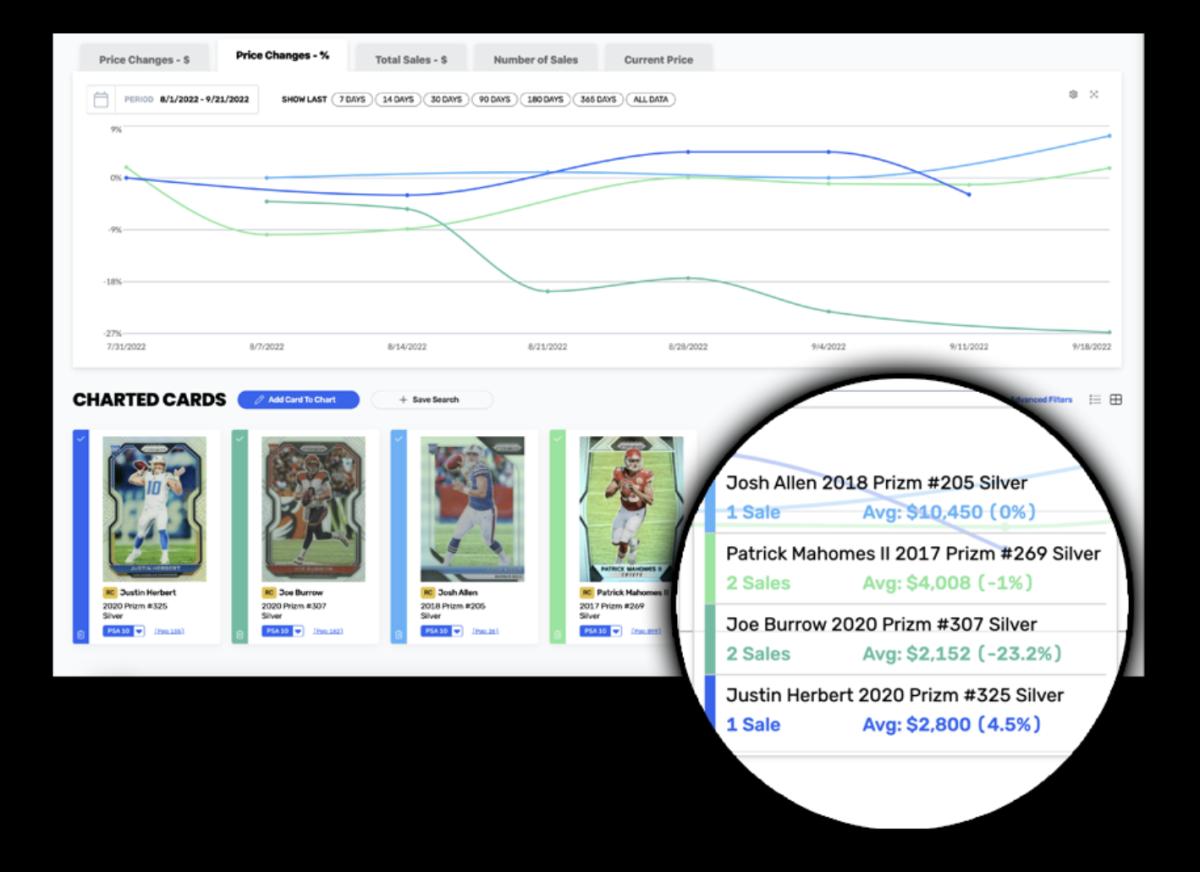5 Major Differences Between Collecting in the Junk Wax Era and Now

If you remember opening packs of baseball cards with gum in them, you probably remember the days before the Junk Wax Era. Typically considered by collectors to be the late 1980s and early 1990s, the Junk Wax Era saw manufacturers flood the market with a massive amount of cards to keep up with popularity.
Print runs for cards exploded and suddenly many collectors lost interest when they found out their prized rookies weren’t rare or valuable. Manufacturers were then forced to reinvent themselves to win hobbyists back. If you’re new to the hobby or re-entering after collecting earlier in life, it’s important to understand some major differences between collecting in the Junk Wax Era or before and the ultra-modern era we’re currently in. Here’s five major differences to get you caught up:
1. The number of releases has increased
In 2023, there were more than 40 major releases for MLB-focused baseball sets, spanning multiple card manufacturers. The hobby also saw more than 25 NBA-focused releases and more than 45 across football when including both NFL and college sets. In 1986, there were just 18 major releases across baseball, basketball and football.
Prior to the ultra-modern era, most collectors really only had a few sets to keep track of. Along with the three major leagues, sports like soccer, hockey, golf, racing, tennis, cricket, wrestling, boxing, and MMA have all expanded in recent years with a much larger number of releases.
2. Parallels have taken over collecting
During the Junk Wax Era and before, sets were much easier to build. Configurations consisted generally of a base set, checklist cards to help collectors track the sets, and depending on the creativity of the manufacturer, a variety of inserts to chase. There were error cards and other cards to track down too, but products were much simpler.
Those sets are nothing like what exists in the modern collecting era. The 2022-2023 Panini Prizm Basketball release, for example, has 300 base cards, short-printed photo variations, more than 50 parallels for each player’s base card, 10 different insert sets, and eight different autograph sets.
If you’re wondering how card manufacturers can create scarcity within large-scale major releases with huge print runs, the magic is in the parallel variations mentioned above. There’s serial-numbered parallels, short-printed inserts, and even case hits like Downtown and Color Blast. None of that existed during the Junk Wax Era.

3. Graded cards are far more common
While grading companies like PSA, SGC and Beckett all gained popularity during the 1990s, the overall number of graded cards has exploded during the ultra-modern era. According to GemRate, a third-party website that tracks graded cards, PSA is on track to grade 15 million sports cards annually, grading almost 1.2 million cards per month.
With collectors now considering grading nearly any card of a key player, population counts have become a major aspect of today’s hobby. While each company mostly operates on a 1 to 10 grading scale, there are major differences within each. This means each grading company has its own population report for each card — these population counts should be taken into consideration before making any major purchase.
4. Breaking has exploded in popularity
Breaking is a hard concept to understand for many. Why pay to have someone else open a box of trading cards for you? While the concept of breaking has been around for decades, it has seen a massive increase in popularity during the ultra-modern era. Prices for sealed products have risen as the hobby has increased in popularity, and more collectors than ever are interested in buying into a break where they can pay for the rights to a single team or player rather than all the cards.
Platforms like WhatNot, Loupe, Drip, Fanatics Live, and even eBay Live are all now options for collectors to buy into breaks while watching in real time. If you haven’t checked it out, think QVC meets Amazon but for the sports card market.

5. Technology has revolutionized buying and selling
While hobby shops and card shows have made a major comeback, new online marketplaces are leading the way when it comes to buying and selling cards.
Platforms like eBay have innovated quite a bit over the last few years and now include features like vaulting services to store your cards. It’s now possible to buy a raw card, have it graded and then sold online without ever holding it yourself.

The massive amount of online transactions has made pricing transparency better than ever too, with apps like Card Ladder and Market Movers tracking sales data. This has allowed collectors to better understand in real time what a card is selling for and how it arrived at that value.
